In May, Minnesota became the sixth U.S. state to legalize lane filtering. Anyone familiar with the legislative system in this country knows that passing a bill (especially one concerning motorcyclists) often requires a lot of hard work and a little luck. That’s precisely what Aerostich founder Andy Goldfine and lobbyist Phil Stalboerger learned in their effort to pass Minnesota’s HF 5247 bill.
Mr. Aerostich himself needs no introduction. In addition to running one of the most recognizable gear companies in the two-wheeled space, he also founded Ride to Work, a non-profit organization that promotes the annual Ride to Work Day.
Phil Stalboerger, on the other hand, is the Vice President of Public Affairs at Minnesota’s Medical Transportation Management (MTM), a non-emergency medical transportation broker, and serves as an advisor for Weber Johnson Public Affairs. He is an expert in driving public policy for health care, transportation, and telecommunications. Stalboerger is also an avid rider (from the age of 16, at that) and the Treasurer for the BMW Motorcycle Owners of America (BMW MOA).
Public policy is his profession. Motorcycles are his passion. And never the twain have met. That is, until a distracted driver rear-ended Stalboerger while he waited in traffic on his BMW R 1250 RT. At the time, his wife was riding pillion. She suffered seven broken bones and a compound leg fracture as a result.
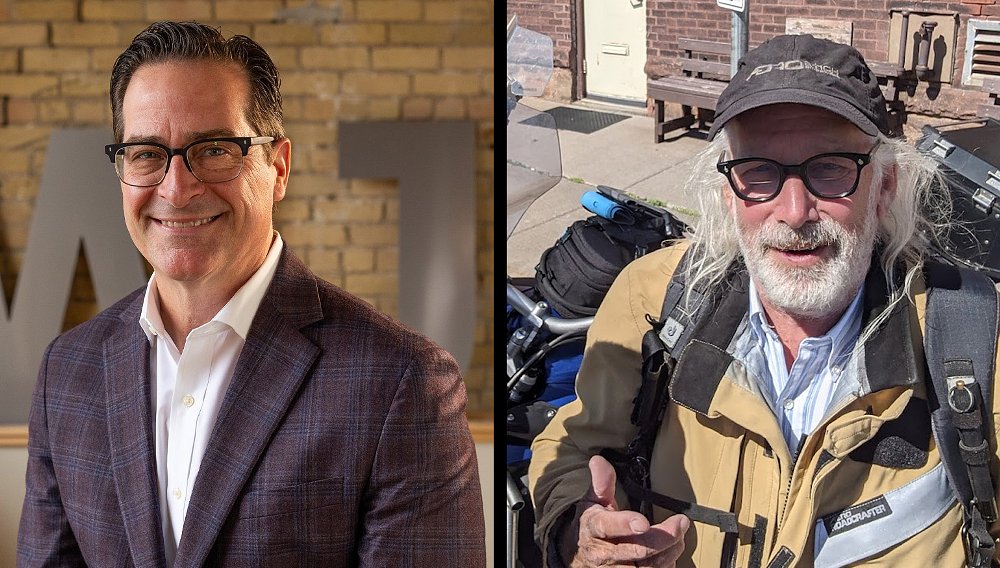
The event motivated Stalboerger to propose a lane-filtering bill to Minnesota lawmakers, a bill that Goldfine supported wholeheartedly. As part of Goldfine's lifelong advocacy for motorcycles as viable transportation, he has long supported lane filtering, which is common practice in most of the world but has only rarely been accepted in the United States. After Governor Tim Walz signed the proposal into law, I talked with both Stalboerger and Goldfine to learn how HF 5247 serves as a blueprint for enacting similar lane-filtering legislation in other states.
Common Tread: How did the bill first take shape? Walk me through the early days of drafting HF 5247.
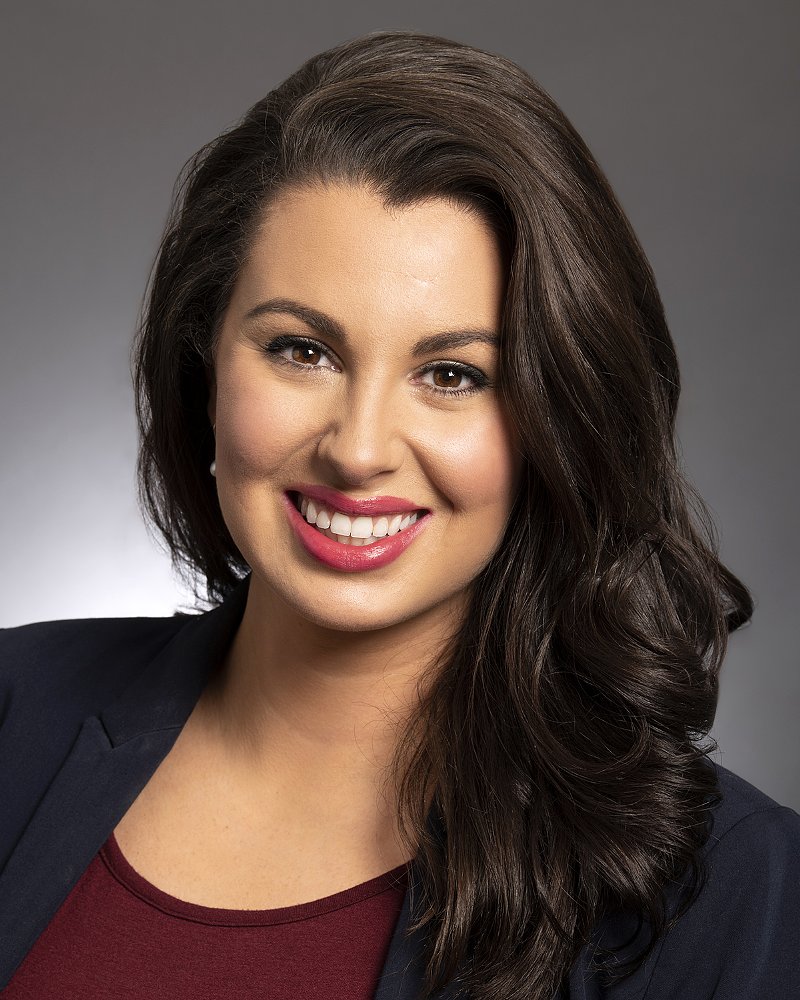
Phil Stalboerger: I was in a motorcycle accident about two years ago, and my wife was on the back. We ended up getting injured. A few legislators read my post on Facebook and talked to me about it. They said we should think about doing some legislative work on lane splitting.
So the chair of the Senate Transportation Committee, Scott Dibble (Dem. 61st District), was a friend of mine for many years. [He] said, “Let's introduce a bill for discussion purposes. Let's see where it goes.”
In talking with legislators, they said, “This is a great idea, but we're going to need some grassroots efforts behind you as well. [It] can't just be you talking about this one accident.” So the first call I made was to Andy. [I] knew of his expertise and his positions on this issue. So I reached out to him and said, “Hey, I need a few businesses. I need some grassroots [support] behind me.” And he said, “Absolutely. Let's do this.”
CT: How did Andy’s experience within the motorcycle industry help throughout the legislative process?
PS: From my standpoint, having Andy as an individual who knows this issue well and has an opinion, but also has a network of friends, customers, etc. that support this [cause]. I would kind of give Andy updates saying, “The bill is moving. The bill is introduced, or here's the House version.” It was kind of keeping him involved in the day-to-day process.
So it really was a great relationship to say, “Here's where we are in the process. Here's what we need to keep the ball rolling.” That's exactly what happened, and all of those efforts helped that legislative process. It's about education and timely contacts. Real-life people outside the legislature have a huge sway on this issue. [Representatives] who probably don't normally know what lane splitting was are all of the sudden saying, “I'm getting these e-mails from constituents of mine. What is it?” Then they would come to me and I would explain it to them.
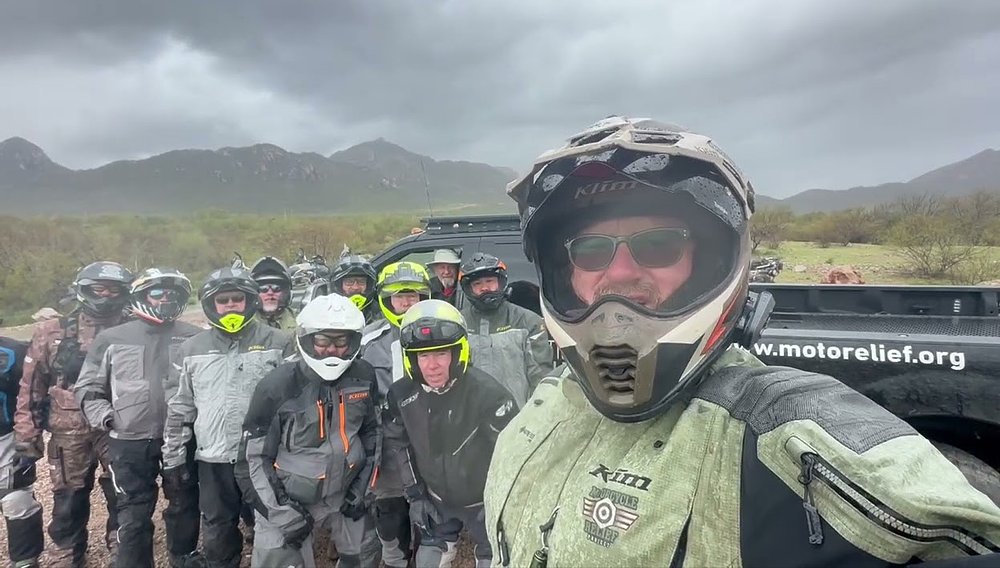
CT: What factors helped HF 5247 gain traction with constituents and legislators?
Andy Goldfine: Here, we had five ingredients that made this happen. The most important ingredient in the process was Phil, who is a experienced state lobbyist who knew all the players at the state Capitol in the legislature. I mean, he had networked with them, and he had first-hand experience of being rear-ended and injured because he wasn't allowed to go between the lanes and get out of the way of cars.
The second most important ingredient is, thanks to the state of California and [its] eight-year history of [lane-splitting] legalization, [we] had the statistics and records that prove when you allow motorcycles to get out of the way, between the cars, the numbers of people on bikes [that got] hurt went down.
The third ingredient is the dramatic rise in distracted drivers. There's many more distracted driver collisions now than there used to be. So you're much more vulnerable on a bike, particularly where cars are slowing and the interval between cars is sort of telescoping closer. That’s a problem now that really didn’t exist 15 years ago.
The last two ingredients are also important. There was a number of people in the Minnesota legislature who are active riders or who [have] active riders in their family. So they were sympathetic when Phil came to them. And then the last thing was, there was an immediate grassroots response by riders in Minnesota contacting their legislators.
So the planets aligned and all these factors, all these five ingredients, made this happen.
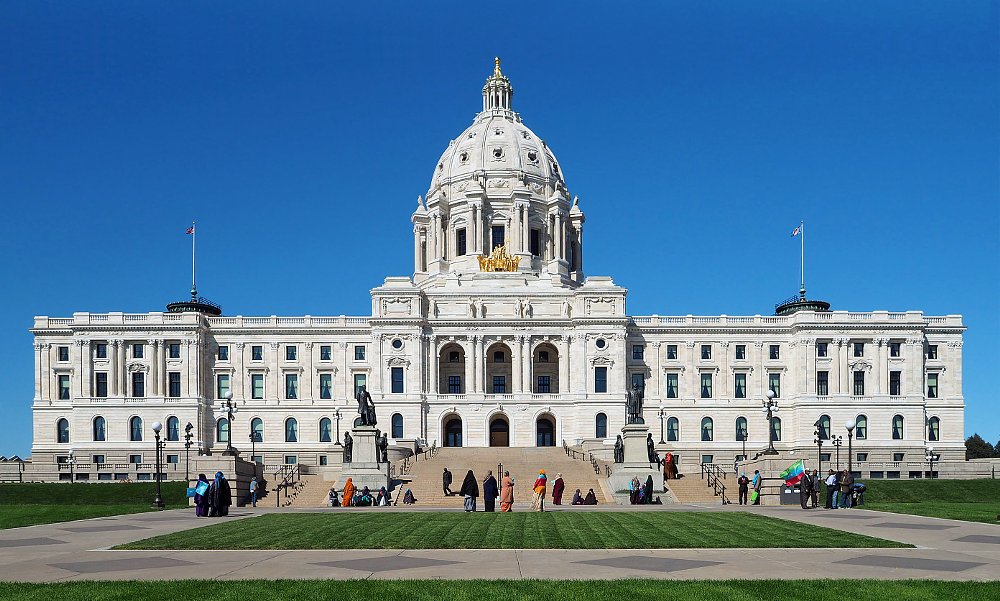
CT: Minnesota’s lane filtering law doesn’t’ go into effect until July 1, 2025. Can you explain this one-year runway and how the state will inform the public (of the law) during that time?
PS: We put aside $200,000 from the Motorcycle Safety Fund to do this. I've been contacted by other organizations that want to do social media, videos, etc. That want to make sure we get the word out there, from other organizations as well. So I think you're going to see a wide range of people doing this, not just the state of Minnesota, which is great.
That's exactly what you need, that runway to help educate both car [drivers] and motorcyclists, frankly. I think there's a lot of people that don't want to see motorcycles going 90 mph down the middle of the road. Right? You can't do that. We actually have speed parameters in the bill. Twenty-five miles per hour max. So really it’s about getting out of the way and being safer. It's not about creating havoc. That’s not what we’re looking to do.
AG: This isn't about giving “cuts” [in the line] to motorcycles. This is about making sure that people like Phil and his wife don't get hurt badly by somebody distractedly plowing into the back of [them].
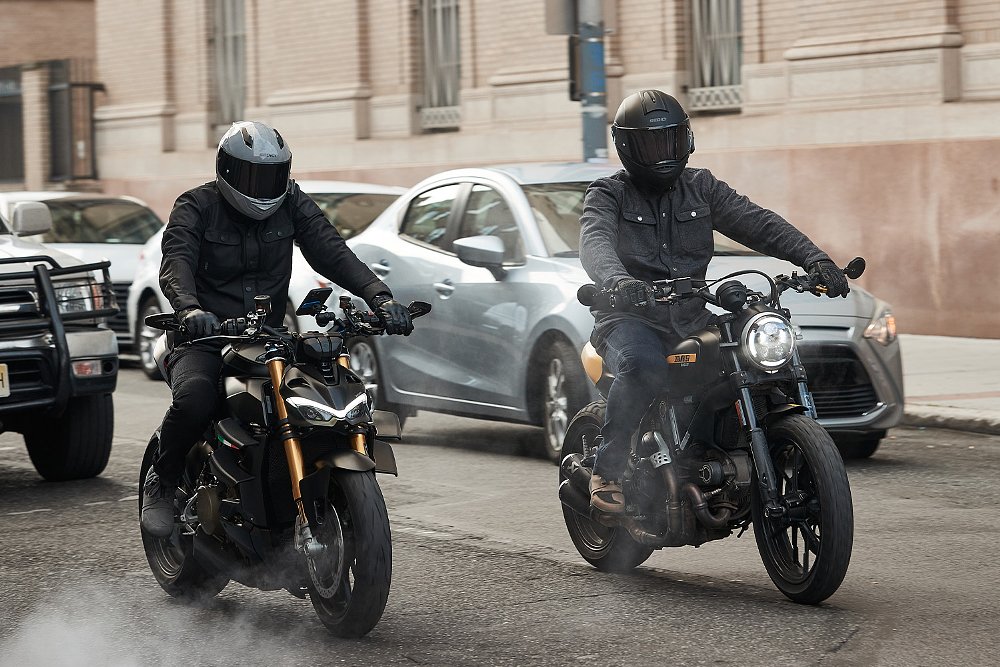
CT: What steps can other state legislators, lobbyists, and motorcycling advocates take to introduce and pass lane-filtering bills in other states?
PS: I would say, one is the the right chief authors in your legislative process. Two, you need that grassroots effort. You need the business community, which is where Andy came in. Rider Academy, and frankly, motorcycle dealerships supported [the bill] as well. And then fourthly, I would say focusing on the data is huge, but also sticking to one issue.
Even though this one small piece of legislation was in this huge omnibus bill, anytime you're talking about this issue, it's really easy for people to tack on other stuff. We really kept it about [lane filtering]. Stick to this one issue and make it about this issue only. Don't tie this issue [to] other things. That just muddies the waters.
AG: The issue isn’t environmental or anything else. It's 100% a safety issue. It's [about] reducing the number of rider injuries and accidents that the police and the medical community have to deal with.
PS: [People] want to hear about safety. Safety is number one.
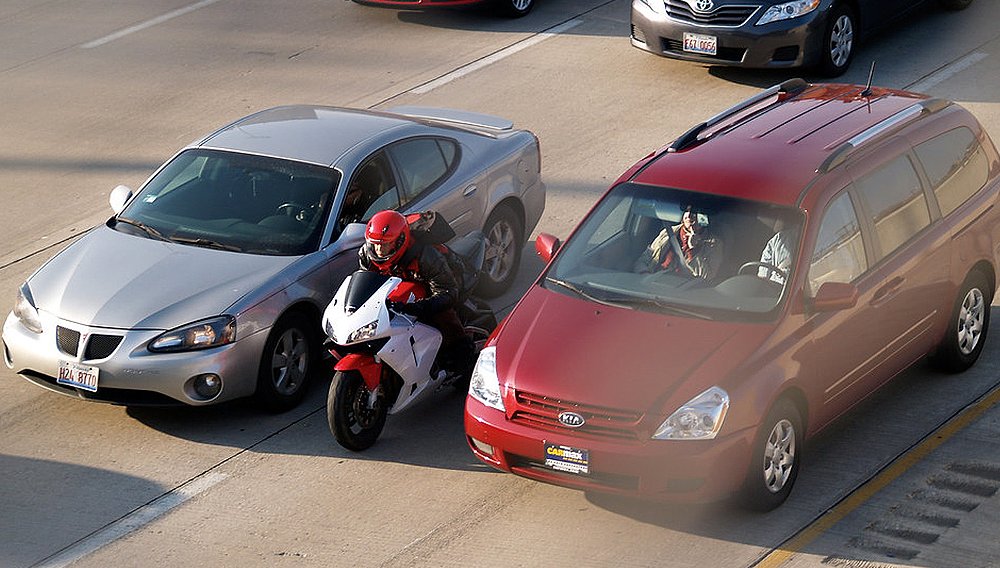
It’s clear that Phil, Andy, and Minnesota lawmakers saw the value in legalizing lane filtering. While six states (California, Utah, Arizona, Montana, Colorado, and Minnesota) have legalized some form of lane filtering or splitting in the last eight years, not all states are receptive to the idea. Texas officially outlawed the practice this past September.
As Andy noted, it may require “20 years, maybe 40, before people in America accept it.” Even so, Phil and Andy’s efforts are helping more U.S. motorists get there, one state at a time.

 Membership
Membership









